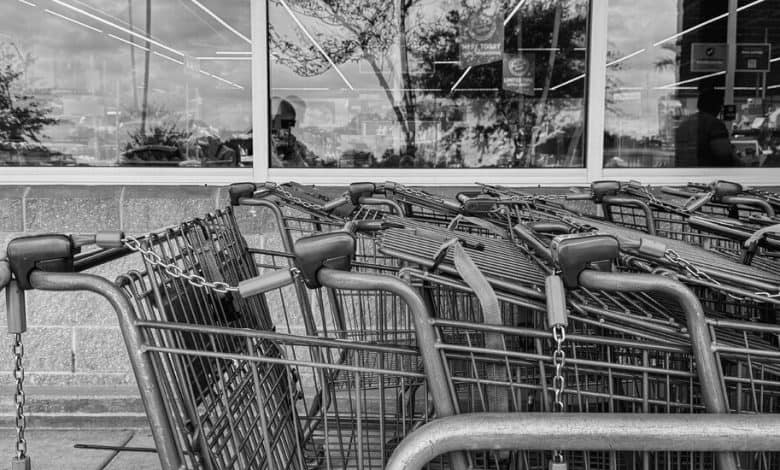Goodbye Inflation, Hello Recession?

Long ago I studied international economics with the great Charles Kindleberger, famous not just for his insights but also for his bon mots. One line I took to heart — he was talking about the balance of payments, but it applies equally well to many subjects in economics — was that people always want a single number, but what they really need is a story.
So it is with the issue of the moment, inflation. There are many measures, enough so that — to cite another Kindleberger quip — you can always find a way to justify either optimism or pessimism, according to your temperament. But what’s the story?
The answer, I’d argue, is that after a few confusing months early this year, the big narrative from last year — “immaculate disinflation,” inflation gradually ramping down to an acceptable rate even though we haven’t had the recession some economists insisted was necessary — is back on track. The big question now is whether, having discovered that we didn’t need a recession, we’ll get one anyway.
What’s the basis for my assertion? As I said, there are many measures of inflation. These measures tend to tell the same story when things are either very bad or very good. When inflation was very high in the 1970s, all measures agreed that it was very high. During the long period of relative stability from the mid-1980s to the 2008 financial crisis, and again for most of the 2010s, all measures said that inflation was fairly low.
In the turbulent post-Covid era, things have been more muddled. Inflation measures can diverge because of the way they treat hard-to-measure things like the price of financial services and, most famously, the weight they place on the cost of housing, which seems to reflect market conditions with a long lag, and more.
That said, there’s a pretty good case for focusing on the measures preferred by the Federal Reserve, which has many years of experience in trying to make inflation-related policy decisions. Let me give you a couple of variants.
